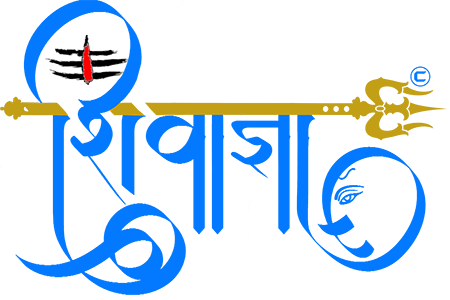Organ Transplant Care Web Application
Challenge
Our customer Sydney, Australia-based client is a respected source of healthcare information in its legacy database system on patients and their organs and tissues. The client faced problems in matching the organ or tissue to be donated and ensured the best possible suit. Their legacy infrastructure, with many problems including poor and non-scalable platforms, poor performance, and dynamic maintenance, was questioned during this donation process. The customer was also interested in developing a new framework that is modular, user-friendly, performance-enhancing, resilient, and simple to manage.
Key challenges of the project were:
- To simplify the architecture to make it modular, easy to manage, and stable.
- Store vast volumes of data safely and allow it to satisfy the performance requirements.
- Improving data accuracy and precision.
- Create different reports for improved data visualization and application processing.
- False data to be audited and validated so that individual organs and tissue are not mismatched.
Expertise
Tools & Technology
- SharePoint 2016
- JavaScript
- jQuery
- C#
- CSS3
- HTML
- Rest API
- CSOM
- SQL
- SSRS
Solution
We have carefully designed the project because of the criticality of adapting the best fit to human organs or tissue. Our first option for this important framework was C# along with Sharepoint. This application was intended to collect correct information on human tissue and organs. The method has been divided into two stages.
- The first is to gather data on a donor and the second is the donor’s organ retrieval process.
- This program would also keep track of the tissue donated by a living or dead donor along with the organ donation process.
Key Features of the application
Dashboard referral and recycling
The healthcare team uses the Reference Log form to record the donation process in real-time by gathering medical records from patients. This form contains information about the donor, including family discussions, demographics of patients, clinical information, clinical conditions, and other specifics. We also offered an alternative for the retrieval of information on retrieval, donation activity, tissue organs, and transplantation problems. Clinical schedules and status of retrieval.
Dashboard for education reporting
This module provides material about the training programs offered to physicians, medical practitioners, and members of the community around NSW by staff.
Tissue Bank Database
The tissue bank module is split into two sections, i.e., the donation of dead people and the donation of life.
Deceased Donation Module
Furthermore, the module will be broken up into two parts: Dead Skeletal and Skin Donors.
Deceased Referral
This submodule collects all the information about ‘patient’ and ‘consent and donor assessment’.
Musculoskeletal & Skin Donors
This submodule collects all data on the information of the deceased donor, retrieval and evaluation of tissues from MSK, retrieval and testing of skin tissues, following up and manufacturing of skin, and assignment of skin and inventory.
Living Donation Program
An integral part of the Tissue Banks Database, this separate module also consists of four main submodules.
References to Living
This submodule gathers all the documentation concerning patient descriptions and reference outcomes and, on this basis, the documents are migrated to Amnion Retrieval, Femoral Retrieval, and Autologous Bone Retrieval.
Release of Amnion
This sub-module is used for entering data relevant to the recovery phase of a live reference through the Amnion recovery and allocation system.
Femoral Head Retrieval
The objective of this submodule is to obtain knowledge from Living References, of which referrals for tissue are the heads of the femoral population, while referrals are appropriate.
Autologous Bone Retrieval
This sub-module is recovered in the autologous Bone Retrieval portion of the Living Donation Network from Living Referrals in which the tissue “Autologous Bone” and the reference result=”Acceptable” is immediately substituted. The grafts are transmitted to the NSW Bone Bank for preservation before the graft is restored to the same patient. This means that autologous donors are often graft beneficiaries in unusual circumstances.
Search Functionality, Audit Tracking, and Reporting
The search feature allows end-users to easily scan data from different modules, audit monitoring, and helps managers to keep track of device changes. The reporting function allows the data to be evaluated and analyzed and processed in the modules.
Result
The consumers have been able to benefit from much of the advantages and rights by using custom product development services from Shivagya Infosoft. Our program is rigorous and well-structured to ensure that human organs and tissues are donated correctly. The method of safely storing, maintenance, and evaluating produced data and reporting for further review and monitoring is much simpler.
The overall efficiency of a health service provider was increased by a new intranet-led platform, which maintained data on a consolidated unit, improved productivity readability and auditing, return on investment, and accelerated processes.
- CATEGORY JAVA , SharePoint & BizTalk , Website Development
- TAGS C# , CSOM , css3 , HTML , JavaScript , jQuery , Rest API , SharePoint 2016 , sql , SSRS





